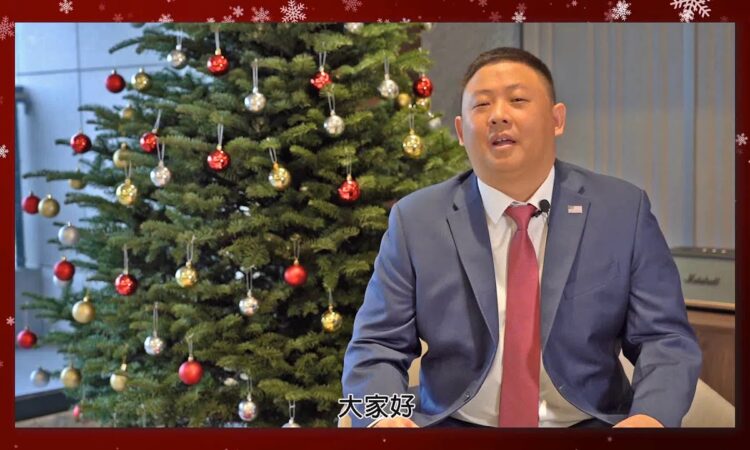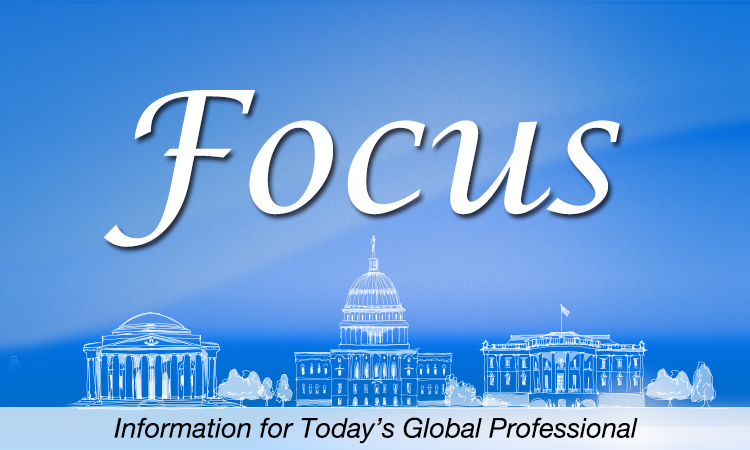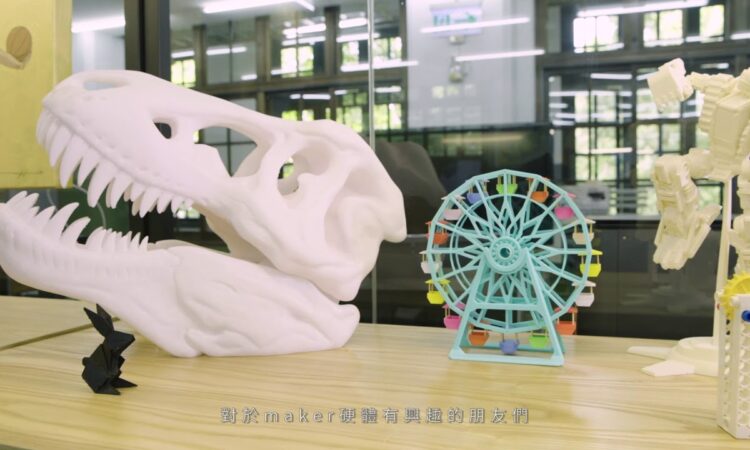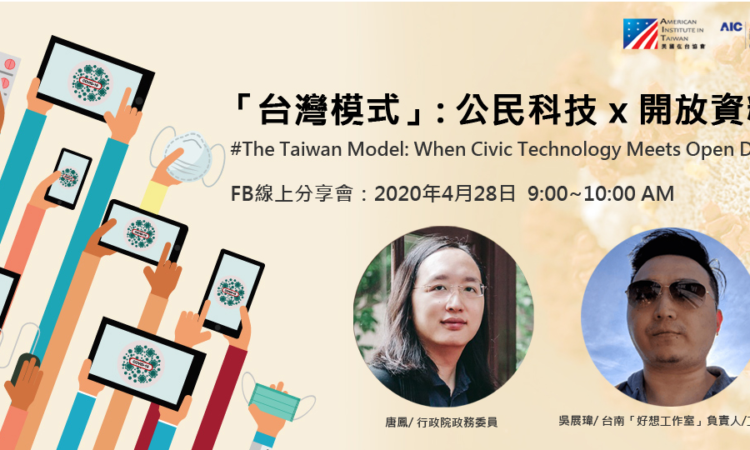如果您對下列項目有興趣,請與美國資料中心聯絡。電話:2723-3959 轉 202。
- 五月三十一日至九月三十 「立穩根基,共創未來:AIT@40 — 1979 年後美台關係展」
二二八國家紀念館 - 九月三日 (星期一) 美國勞工節,放假
- 九月二十四日(星期一) 中秋節,放假
To receive or reserve any of these items, please contact Information Resource Center at 2723-3959, ext. 202 or aitirc@mail.ait.org.tw.
- May 31 to Sept 30 “Strong Foundation, Bright Future: AIT@40, U.S.-Taiwan Relations Since 1979” exhibit at National 228 Museum.
- September 3 (Monday) Labor Day. Closed.
- September 24 (Monday) Mid-Autumn Festival. Closed.
1. 美國在台協會處長酈英傑「智慧城市論壇 – 未來交通的新趨勢」開幕致詞。
Remarks by AIT Director Brent Christensen At Symposium on Smart Cities – The Future of Transportation. 
OT-1823, August 28, 2018, 2 pages.
“As we look to the future, one important aspect of U.S.-Taiwan partnership will be our cooperation in developing the world’s emerging technologies, including smart cities and smart transportation.” (From AIT)
2. 美國在台協會處長酈英傑與蔡英文總統會面致詞講稿。
Remarks by AIT Director Brent Christensen Prior to Meeting with President Tsai Ing-wen. 
OT-1822, August 24, 2018, 2 pages.
“It is my honor to represent the United States as the new AIT Director, and I look forward to working closely with Taiwan to deepen our relationship.” (From AIT)
3. 美國在台協會處長酈英傑「打擊跨境犯罪及美鈔、護照鑑識國際研習營」開幕致詞。
Opening Remarks by AIT Director William Brent Christensen at the Global Cooperation and Training Framework International Workshop on Combating Transnational Crime and Forensic Science. 
OT-1821, August 14, 2018, 2 pages.
“As we kick off this GCTF program, featuring 26 participants from 16 countries, I am positive that you will all come to see Taiwan as a hub of law enforcement expertise, a reliable partner, and a force for good in the world.” (From AIT)
4. 美國在台協會代理處長谷立言致詞 GEC+ 全球創業大會啟動記者會。
Remarks by AIT Acting Director Raymond Greene at GEC+ Launch Event. 
OT-1820, August 10, 2018, 1 page.
“The United States looks forward to being an active participant at the GEC+ in September and we consider ourselves fortunate to have Taiwan as our close partner in innovation and entrepreneurship.” (From AIT)
5. 美國在台協會副處長谷立言致詞, 臉書2018台北Build Day開發者大會。 
Remarks by AIT Deputy Director Raymond Greene at Facebook DevC Taipei Build Day 2018. 
OT-1819, July 8, 2018, 2 pages.
“The United States and Taiwan for decades have had very close cooperation on technology, mostly in hardware. Taiwan firms form an integral part of U.S. technology supply chains; and our technology cooperation has been the primary force bringing our two economies together for years.” (From AIT)
6. 美國2018年人口販運問題報告 台灣部分(第一列)。 
2018 Trafficking in Persons Report – Taiwan (Tier 1). 
OT-1817, June 28, 2018, 7 pages.
“Taiwan authorities fully meet the minimum standards for the elimination of trafficking. Authorities continued to demonstrate serious and sustained efforts during the reporting period; therefore Taiwan remained on Tier 1. These efforts included a sharp increase in the number of trafficking prosecutions, leading to more convictions—including of officials—and the identification and service provision of a significantly higher number of victims than in prior years.” (From AIT)
7. 中國軍力報告 (全文英文)
Military and Security Developments Involving the People’s Republic of China 2018.

(Annual Report to Congress)
Department of Defense, August 2018, 145 pages.
“The report address the current and probable future course of military-technological development of the People’s Liberation Army and the tenets and probable development of Chinese security strategy and military strategy, and of the military organizations and operational concepts supporting such development over the next 20 years. The report also address United States-China engagement and cooperation on security matters during the period covered by the report, including through United States-China military-to-military contacts, and the United States strategy for such engagement and cooperation in the future.” (From Department of Defense)
8. Bowe, Alexander.
China’s Overseas United Front Work: Background and Implications for the United States. 
U.S.-China Economic and Security Review Commission, August 24, 2018, 39 pages.
“United Front-related organizations are playing an increasingly important role in China’s broader foreign policy under Chinese President and General Secretary of the CCP Xi Jinping. It is precisely the nature of United Front work to seek influence through connections that are difficult to publically prove and to gain influence that is interwoven with sensitive issues such as ethnic, political, and national identity, making those who seek to identify the negative effects of such influence vulnerable to accusations of prejudice. Because of the complexities of this issue, it is crucial for the U.S. government to better understand Beijing’s United Front strategy, its goals, and the actors responsible for achieving them if it is to formulate an effective and comprehensive response.” (From U.S.
-China Economic and Security Review Commission)
9. Friend, Alice Hunt and Jamie D. Wise.
The Evolution of U.S. Defense Posture in North and West Africa. 
Center for Strategic and International Studies, August 2018, 9 pages.
“What is the U.S. military presence in North and West Africa, and how did it evolve? The Defense Department is considering adjustments to its North and West Africa posture in response to a fatal ambush on a U.S. special operations forces team in Niger last fall. Without some historical context, it is difficult to assess if these adjustments reflect substantial changes in U.S. presence, and how they might affect U.S. Africa policy in the future.” (From CSIS)
10. Hickey, Dennis and Eric Huang.
A Quiet Solution for the East China Sea Territorial Dispute. 
Center for Strategic and International Studies, August 16, 2018, 3 pages.
“Throughout most of the post-Cold War era, analysts identified three flashpoints as the principle challenges to East Asian stability. The most prominent is the Korean Peninsula. Relations across the Taiwan Strait and the South China Sea dispute also hold the potential to undermine peace and stability. In recent years, a fourth flashpoint was added to the list – the quarrel among Japan, the Republic of China (ROC or Taiwan) and the People’s Republic of China (PRC or China) over the Senkaku/Diaoyutai/Diaoyu (SDD) Islands in the East China Sea. After a period of relative calm, the prospects for conflict over the SDD islands appear to be rising.” (From CSIS)

11. 國務卿邁克·蓬佩奧談 “美國對印度-太平洋地區的經濟願景”
Secretary Pompeo’s Remarks at the Indo-Pacific Business Forum. 
AIT, July 30, 2018, 8 pages.
“The American people and the whole world have a stake in the Indo-Pacific’s peace and prosperity. It’s why the Indo-Pacific must be free and open.” (From AIT)
12. Carfagno, Bart and Michelle Ker.
Trends in Trade: U.S.-China Goods Trade 2012-2017.
U.S.-China Economic and Security Review Commission, July 19, 2018, 42 pages.
“Since joining the World Trade Organization in 2001, China has leveraged relatively cheap labor, large economies of scale, industrial policies, and the manufacturing capabilities of neighboring countries to become an export powerhouse in an increasing range of industries, while often limiting market access for foreign products. China’s scale as a trading power coupled with its protectionist policies have contributed to rising tensions in bilateral trade relations. This report describes and analyzes patterns in the U.S.-China trade relationship in 2012–2017 and is an update to a staff research report published by the Commission in November 2012 which covered trends in trade in 2000–2011.” (From U.S.-China Economic and Security Review Commission)
13. Irace, Mary A.
Tit-for-Tat Tariff Measures and U.S. Trade Policy.
Washington, D.C.: Congressional Research Service, July 11, 2018, 4 pages.
“U.S. trade policy under President Trump has involved greater use of trade laws to address imports that threaten to impair U.S. national security (Section 232), and trade practices that may violate trade agreements or are “unjustifiable” or “unreasonable” (Section 301). Congress has held several hearings on controversial presidential actions under these laws, raising questions about their economic and broader policy implications.” (From CRS Report)
14. Jackson, James K.
The U.S. Trade Deficit: An Overview. 
Washington, D.C.: Congressional Research Service, July 18, 2018, 2 pages.
“The trade deficit is the numerical difference between a country’s exports and imports of goods and services. The United States has experienced annual trade deficits during most of the post -WWII period. Some observers argue that the trade deficit costs U.S. jobs, is unsustainable, or reflects unfair trade practices by foreign competitors. Most economists contend this mischaracterizes the nature of the trade deficit and the role of trade in the economy. In general, most economists conclude the trade deficit stems largely from U.S. macroeconomic policies and an imbalance between saving and investment in the economy. Economists also conclude that trade creates both economic benefits and costs, but that the long-run net effect on the economy as a whole is positive.” (From CRS report)

15. Rosso, Ryan J.
Health Savings Accounts (HSAs). 
Washington, D.C.: Congressional Research Service, July 31, 2018, 16 pages.
“A health savings account (HSA) is a tax-advantaged account that individuals can use to pay for unreimbursed medical expenses Individuals may establish and contribute to an HSA for each month that they are covered under an HSA-qualified high-deductible health plan (HDHP), do not have disqualifying coverage, and cannot be claimed as a dependent on another person’s tax return. The account can be established with an insurer, bank, or other Internal Revenue Service (IRS)-approved trustee and is tied to the individual. Account holders retain access to their accounts if they change employers, insurers, or subsequently obtain coverage under a non-HSA qualified plan. (From CRS report)
16. Light, Paul C.
Introducing the Next Government Reform Majority: What Americans Want from Reform in 2018. 
Brookings Institution, August 10, 2018, 7 pages.
“The author makes a provocative claim in the era of President Trump: the future of reform may rest with those who want to rebuild government. Although Mr. Trump was swept to office under a message of reducing government, “draining the swap,” and shrinking the federal workforce, these new data suggest that Americans are prepared for a different path.” (From Bookings Institution)
17. Hoffman, Wyatt.
The Future of Cyber Defense. 
Carnegie Endowment for International Peace, July 17, 2018, 4 pages.
“As private organizations increase their security activities, a new cybersecurity defense concept is sparking debates amongst policymakers and international lawmakers.” (From Carnegie Endowment for International Peace)

18. Global Innovation Index 2018: Energizing the World with Innovation. 
Cornell SC Johnson College of Business, July 23, 2018, 429 pages.
“The GII 2018 analyses the energy innovation landscape of the next decade and identifies possible breakthroughs in fields such as energy production, storage, distribution, and consumption. It also looks at how breakthrough innovation occurs at the grassroots level and describes how small-scale renewable systems are on the rise. After almost a decade of uneven progress, a broad-based global economic growth momentum is now in place. The current challenge is for the global economy to reach a comfortable cruising speed that can be sustained for the next several years.” (From Cornell SC Johnson College of Business)
19. Livingston, David and others.
Applying Blockchain Technology to Electric Power Systems.
Council on Foreign Relations, July 2018, 37 pages.
“Policymakers should endeavor to understand blockchain technology, support the development of blockchain standards in the electricity sector, and allow innovation to flourish by setting up regulatory sandboxes that permit demonstration projects.” (From Council on Foreign Relations)

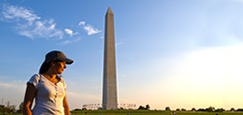
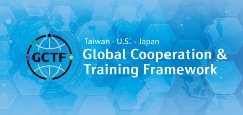




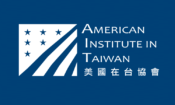
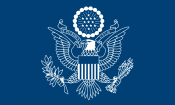
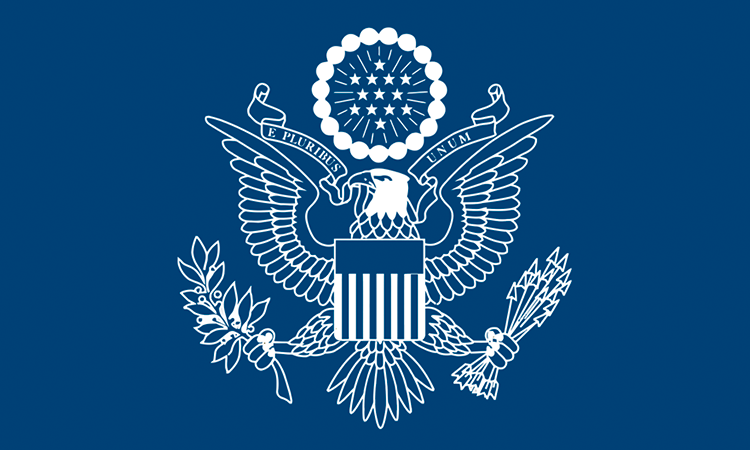




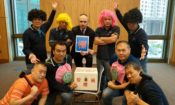
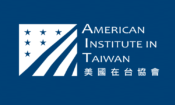
![Video Thumbnail [Recovered]-01](../wp-content/uploads/sites/269/Video-Thumbnail-Recovered-01-1-750x450.jpg)
